The gilded bronze horse is in a standing posture, with its head held high and tail raised, its four legs standing upright, and its body agile. The head shape is vivid, with a slightly open mouth and six teeth exposed. The nostrils are large, the eyes are wide open, the pink nose is eye-catching, and the ears stand upright. Manes are engraved between the ears and on the neck. The carving of muscles and bones conforms to anatomical proportions, the horse’s body is symmetrical and moderate, the abdomen is slightly curled, the front legs are engraved with two triangular patterns, the horse’s hooves are solid and elastic, the ponytail root is high and arched, the genitals and ponytail are separately cast, riveted or welded, and there is also a small vent hole at the anus.
image
Cultural Relics: Western Han Dynasty Gilded Bronze Horse
Craftsmanship feature: Adopting copper casting gilding process, it is first divided into two halves and cast with molds, and then welded from the middle. The gilding technique on its surface is exquisite. According to literature records, the “mud gold method” was commonly used at that time, which involved cutting gold foil into pieces, adding mercury to heat it up, forming a gold mercury alloy, and then applying a mixture of it and salt alum to the coating. After heating, pounding, baking, and laminating, it became a shiny golden gilding with a high surface smoothness, uniform thickness, and a brilliant golden color throughout.
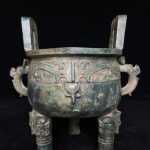
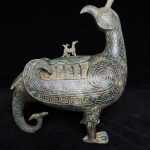
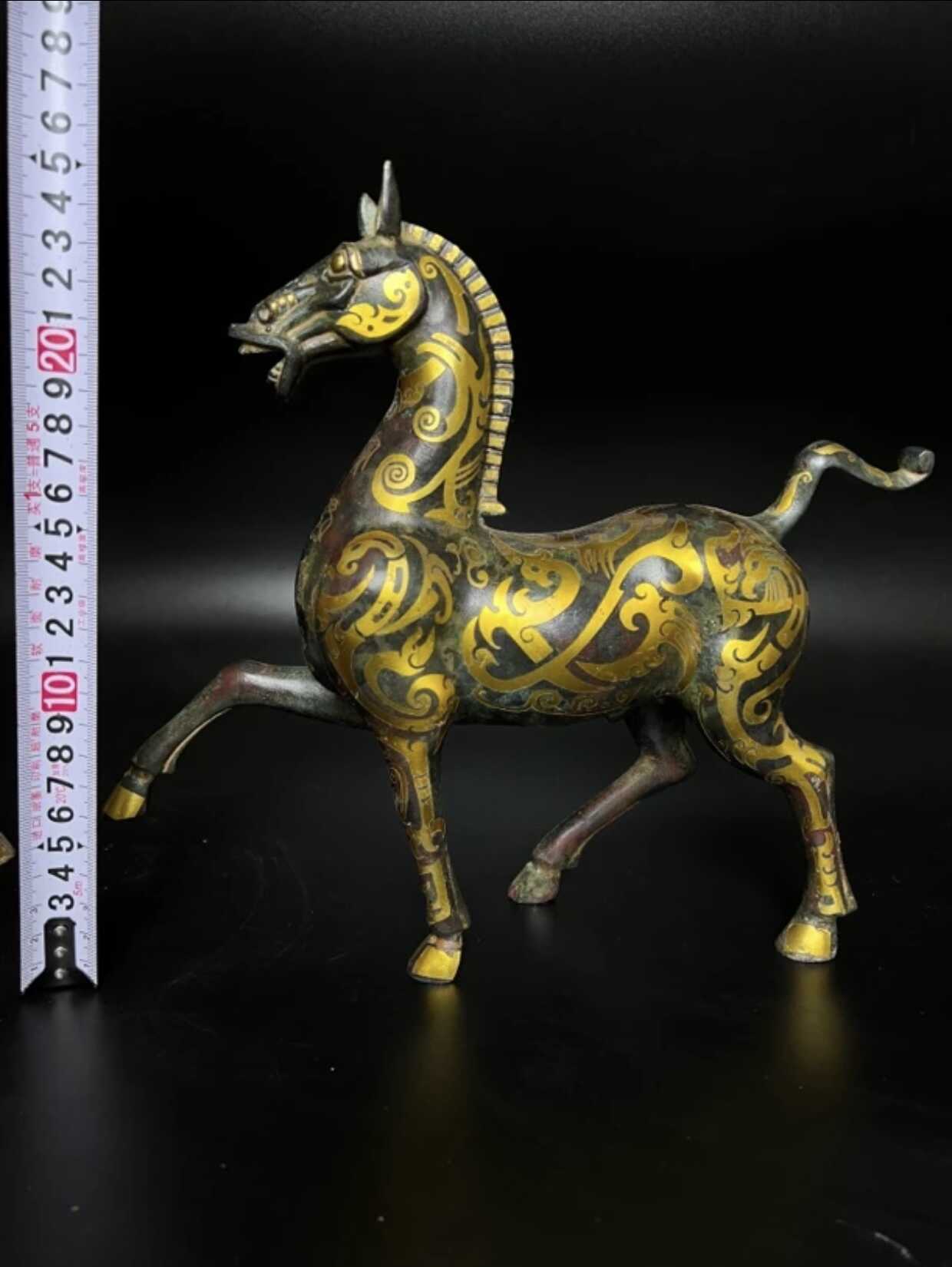
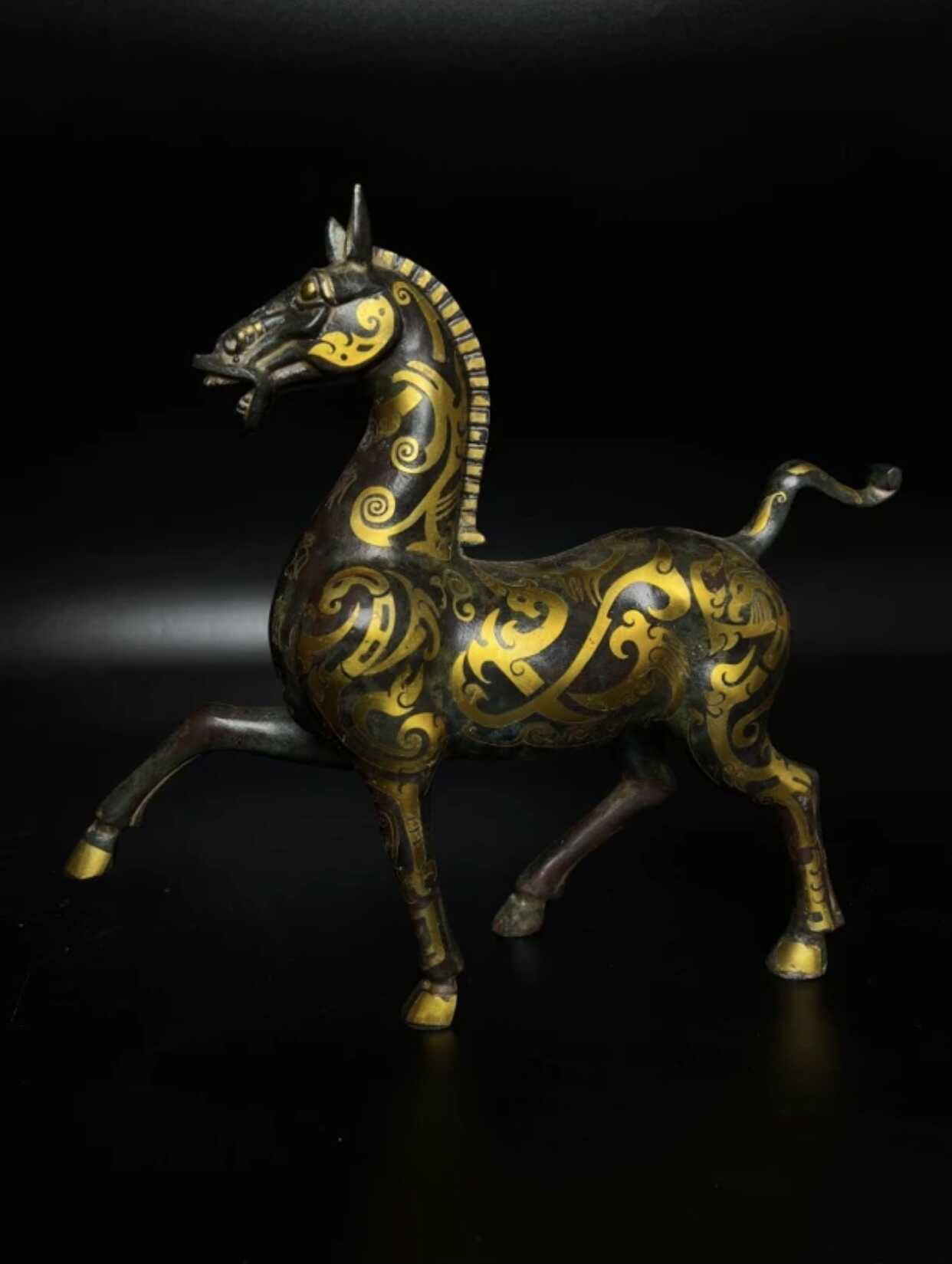
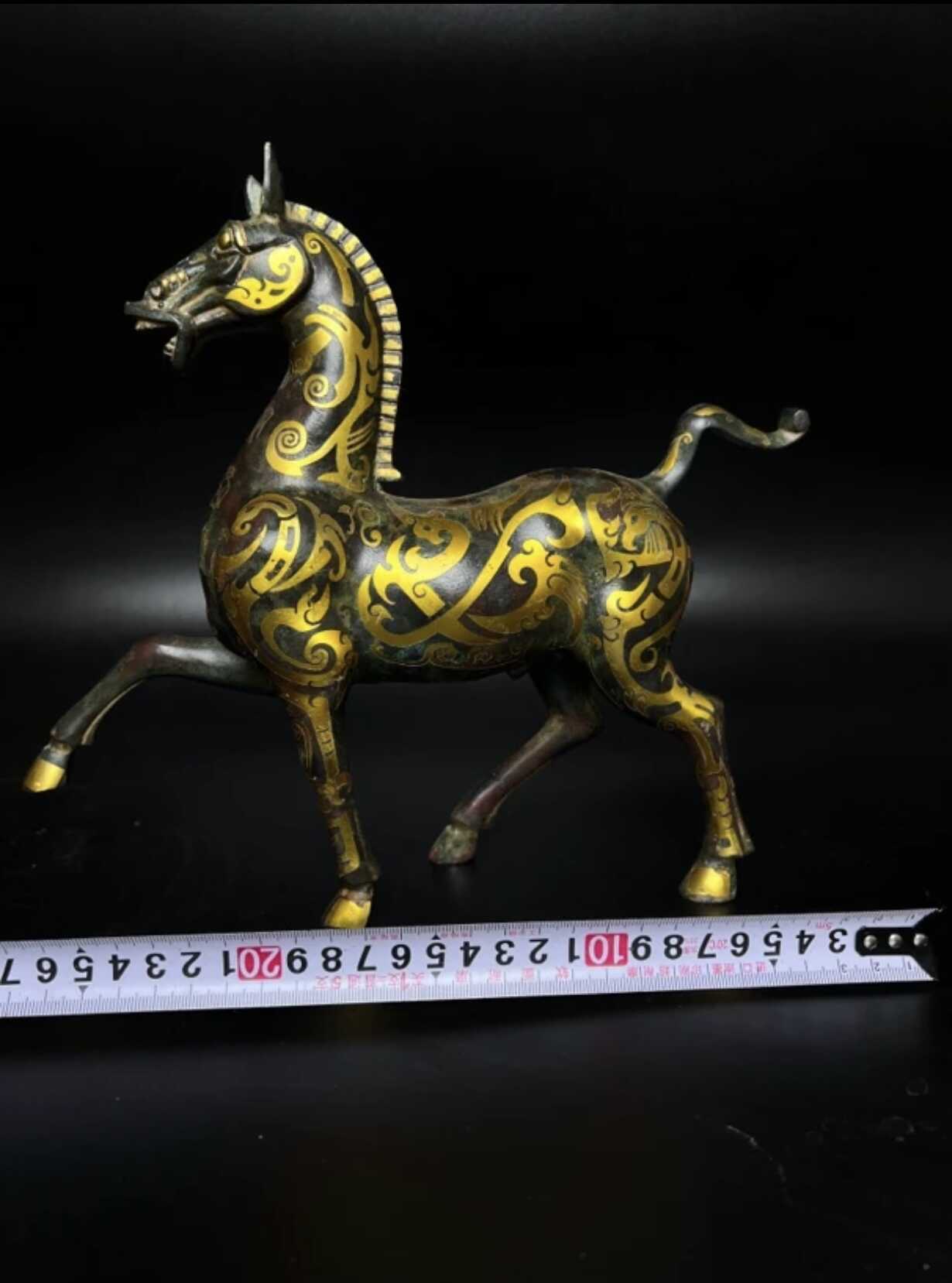
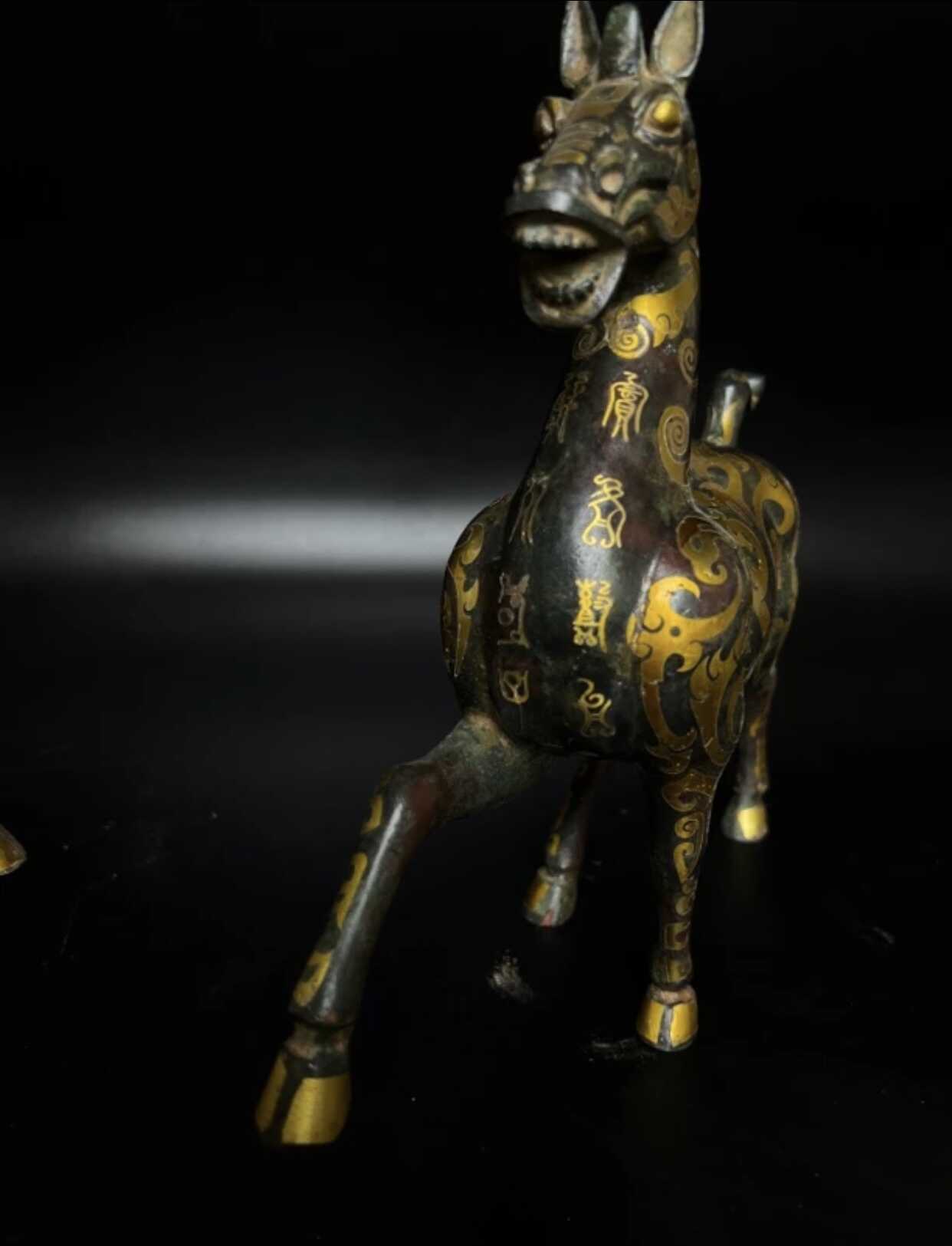
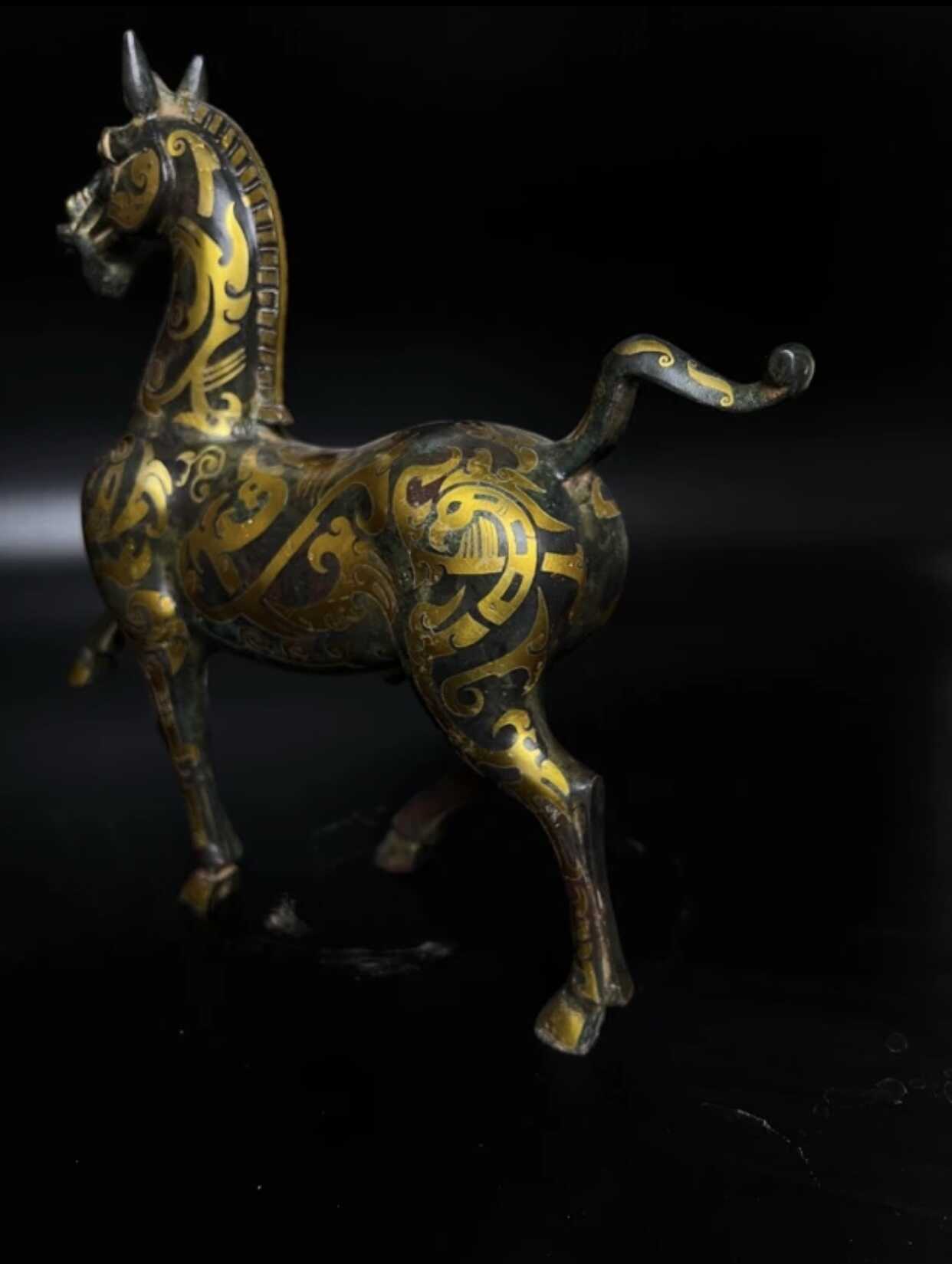
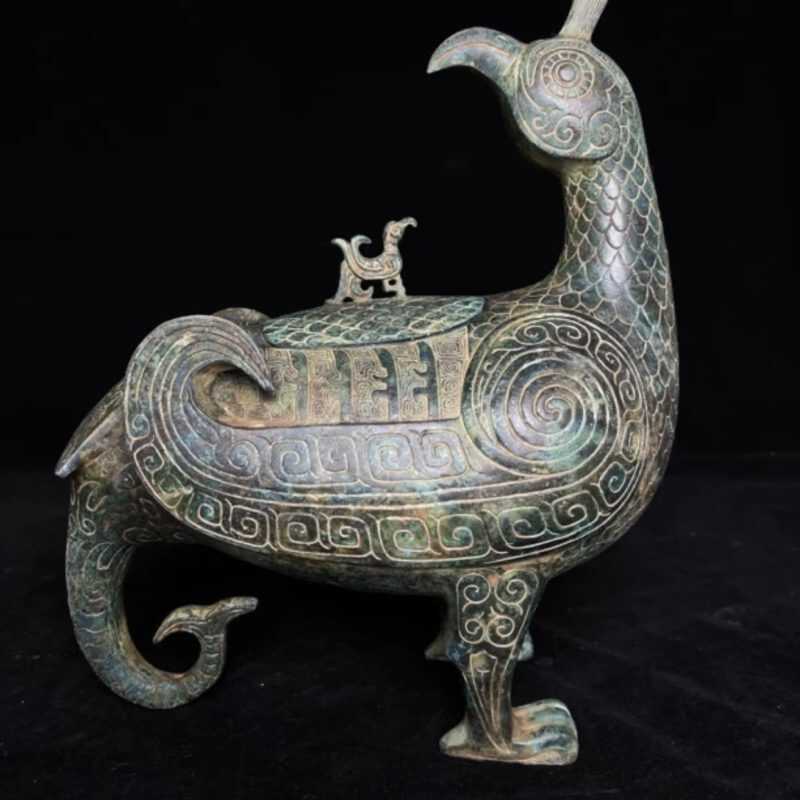
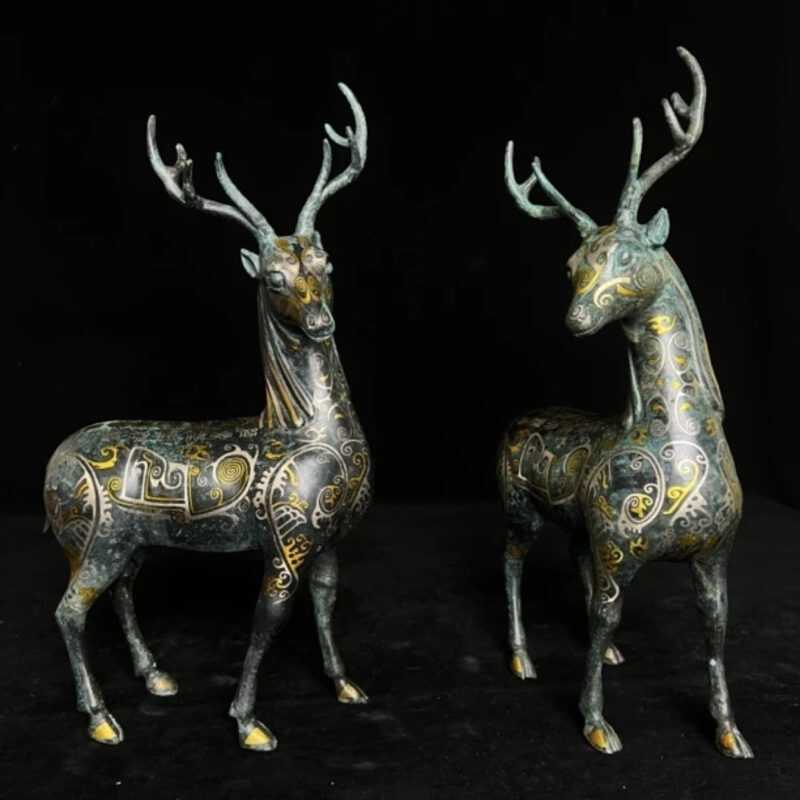
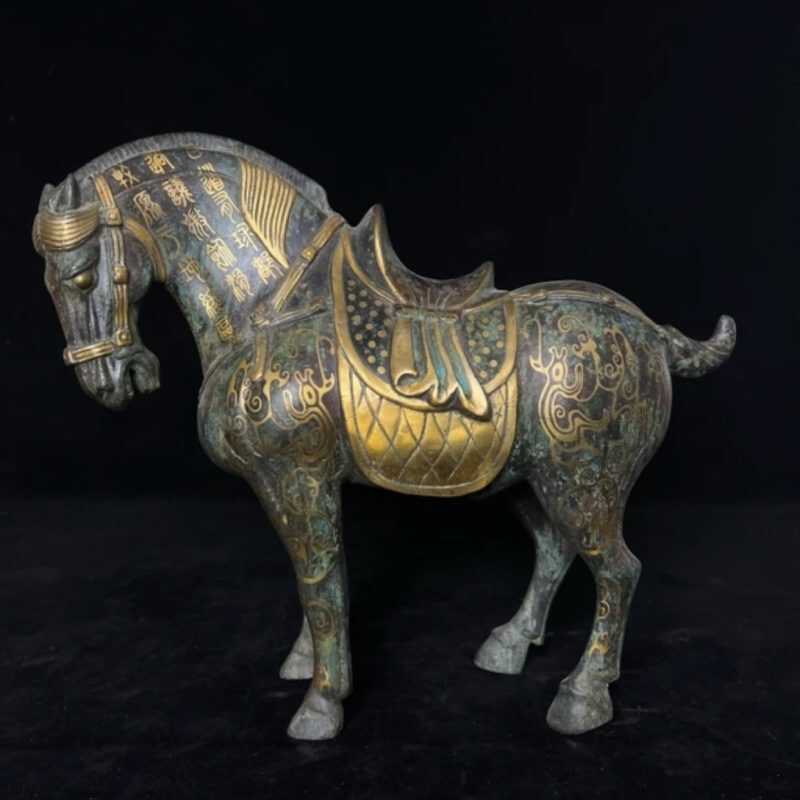
评价
目前还没有评价